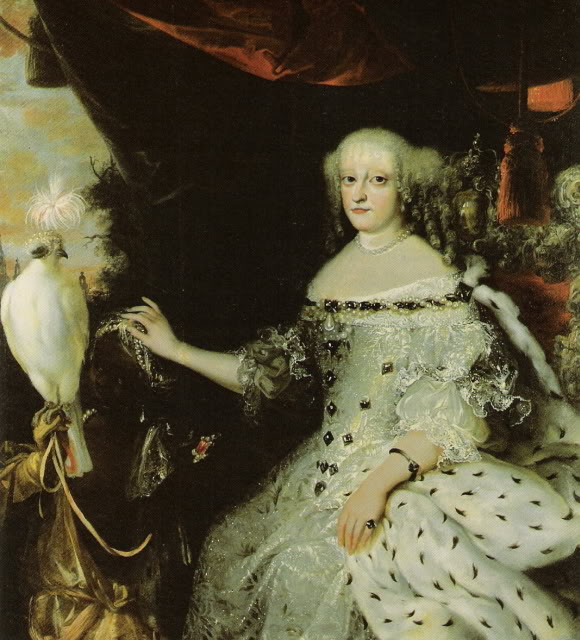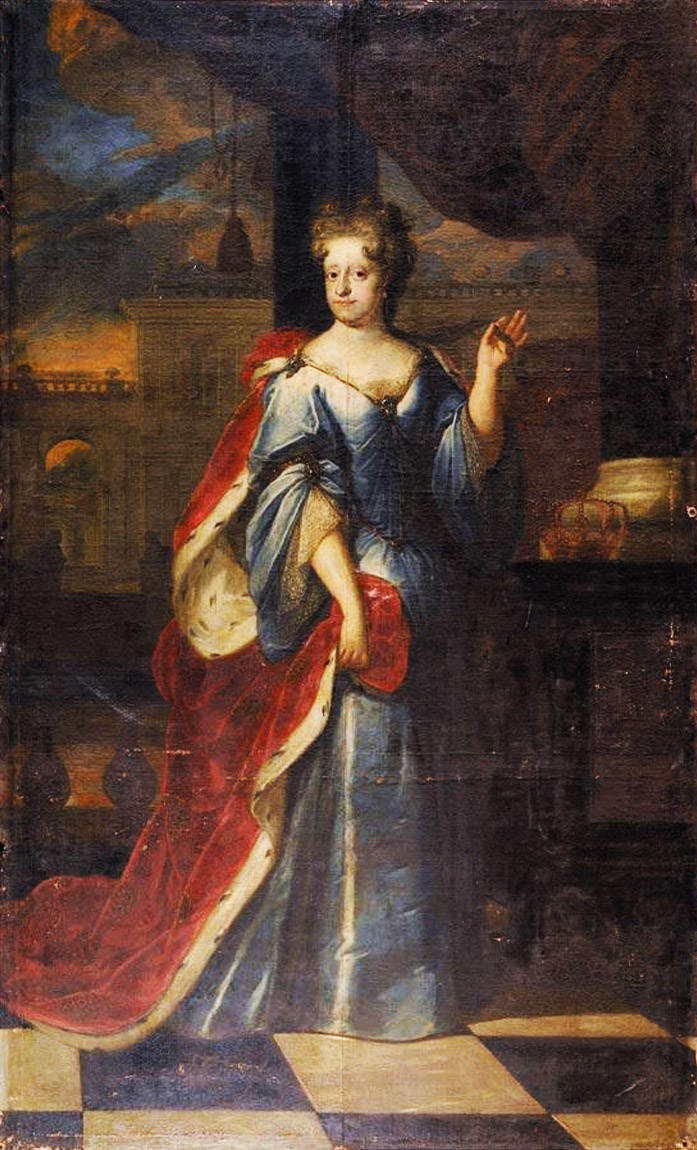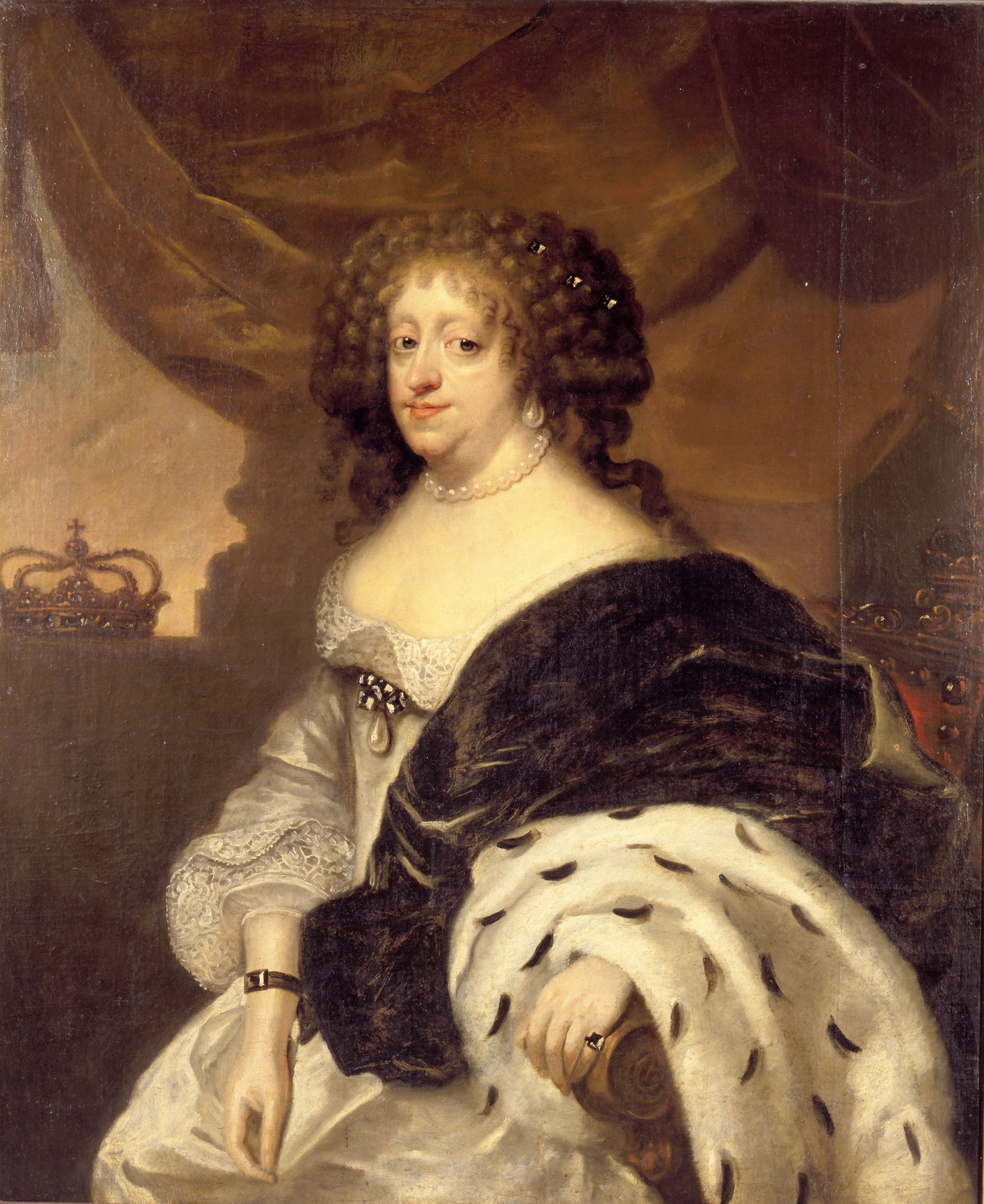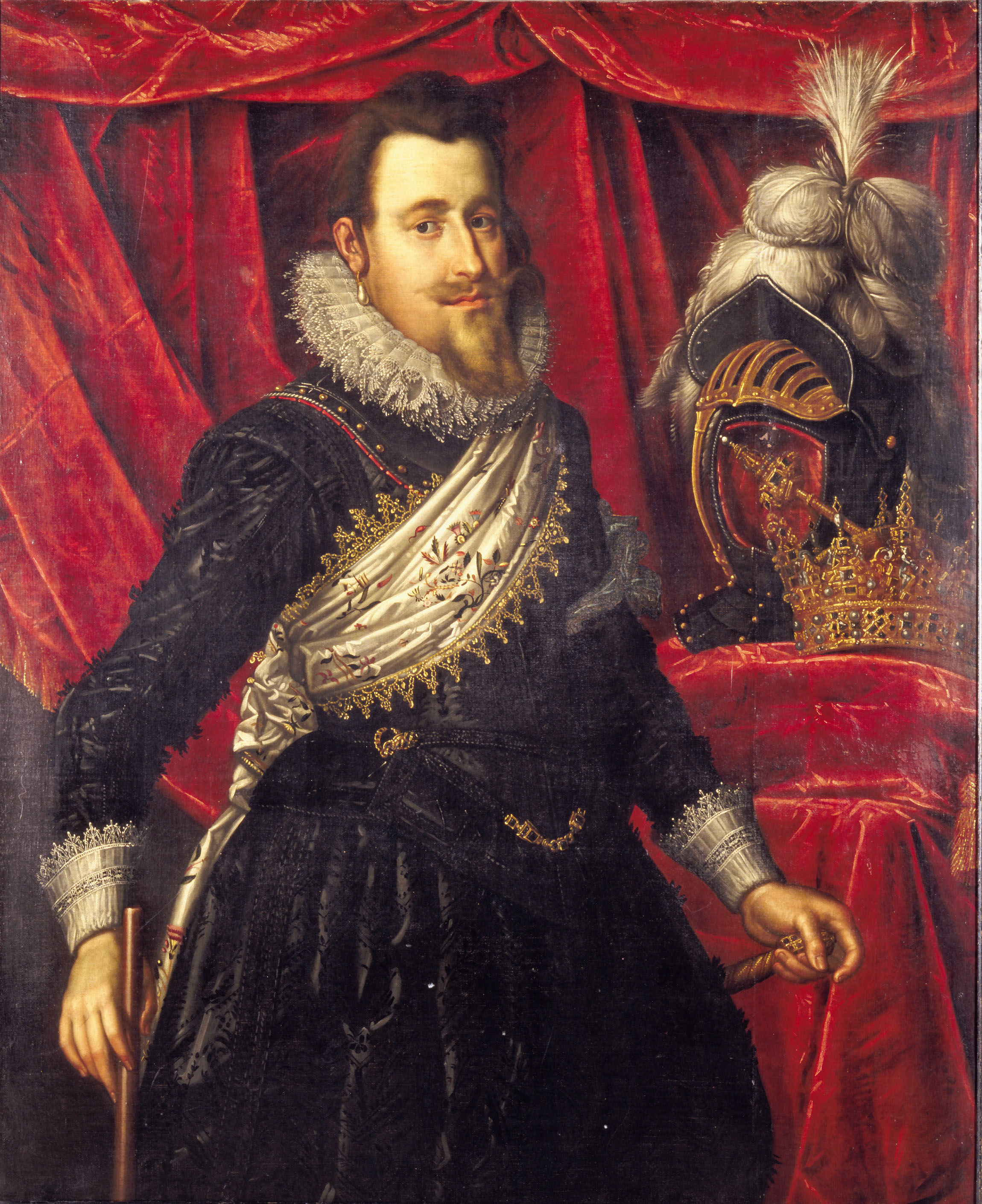by Scott Mehl
© Unofficial Royalty 2021
Rupprecht was Crown Prince of Bavaria from 1913 until the end of the Bavarian monarchy in 1918. From his father’s death in 1921, he became pretender to the former Bavarian throne, and Head of the House of Wittelsbach. Through his direct descent from King Charles I of England, he also became heir to the thrones of England, Scotland, and Ireland in the Jacobite Succession.
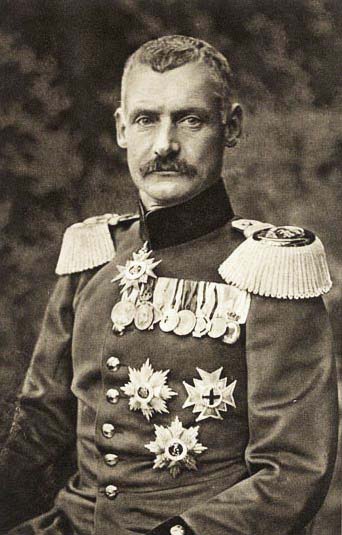
Crown Prince Rupprecht of Bavaria – photo: Wikipedia
Rupprecht Maria Luitpold Ferdinand, Crown Prince of Bavaria, was born in Munich, then in the Kingdom of Bavaria, now in the German state of Bavaria, on May 18, 1869, the eldest child of the future King Ludwig III of Bavaria and Archduchess Maria Theresia of Austria-Este. He had 12 younger siblings:
- Princess Adelgunde (1870-1958) – married Wilhelm, Prince of Hohenzollern-Sigmaringen, no issue
- Princess Maria (1872-1954) – married Prince Ferdinando Pio of the Two Sicilies, Duke of Calabria, had issue
- Prince Karl (1874-1927) – unmarried
- Prince Franz (1875-1957) – married Princess Isabella of Croÿ, had issue
- Princess Mathilde (1877-1906) – married Prince Ludwig Gaston of Saxe-Coburg and Gotha, had issue
- Prince Wolfgang (1879-1895) – died in his teens
- Princess Hildegarde (1881-1948) – unmarried
- Princess Notburga (born and died 1883) – died in infancy
- Princess Wiltrud (1884-1975) – married Wilhelm, Duke of Urach, no issue
- Princess Helmtrud (1886-1977) – unmarried
- Princess Dietlinde (1888-1889) – died in infancy
- Princess Gundelinde (1891-1983) – married Johann Georg, Count von Preysing-Lichtenegg-Moos
Rupprecht grew up at Schloss Leutstetten in Starnberg, and the family’s villa near Lindau, at Lake Constance. Initially educated at home, he became the first member of the Bavarian royal family to study at a public school, attending the Maximilian-Gymnasium in Munich. He began his military career serving in the Lifeguards Regiment of the Bavarian Army, quickly rising to the rank of Colonel, and was given command of the 2nd Crown Prince’s Regiment. During this time, he also studied at the Universities of Berlin and Munich.
When Rupprecht was just 17, his future changed when his father was named Regent of Bavaria for both King Ludwig II and King Otto who had been declared insane and unable to reign. From that point, it was likely that he would someday succeed to the throne himself. When his grandfather died in 1912, Rupprecht’s father assumed the regency and the following year was formally named King of Bavaria as Ludwig III. Rupprecht formally became Crown Prince at that time.

Duchess Marie Gabriele in Bavaria. photo: Wikipedia
On July 10, 1900, Rupprecht married Duchess Marie Gabriele in Bavaria, at the Residenz (the Royal Palace in Munich). Marie Gabriele was the daughter of Karl-Theodor, Duke in Bavaria, and his second wife Infanta Maria José of Portugal, and was the younger sister of the future Queen Elisabeth of Belgium, the wife of King Albert I of the Belgians. Rupprecht and his wife had four children:
- Luitpold, Hereditary Prince of Bavaria (1901) – died in his youth
- Princess Irmingard (1902) – died in infancy
- Albrecht, Duke of Bavaria (1905) – married (1) Countess Maria Draskovich de Trakostjan, had issue; (2) Countess Marie-Jenke Keglevich de Buzin, no issue
- Prince Rudolf (1909) – died in childhood
After the outbreak of World War I, Rupprecht was given command of the German Sixth Army, serving on the Western front, and rose to the rank of Field Marshal by 1916. He then took command of Army Group Rupprecht, which consisted of the 1st, 2nd, 6th, and 7th armies. Despite the losses at the end of the war, Rupprecht had proven himself to be a skilled military leader. He resigned from his military positions on November 11, 1918 – Armistice Day. The following day, the Bavarian monarchy was abolished.
The next several years saw many changes in Rupprecht’s life. Upon his mother’s death in 1919, he became heir to the Jacobite succession, although he never made any claims based upon this, and discouraged anyone from making any claims on his behalf.

Princess Antonia of Luxembourg. photo: Wikipedia
In April 1921, having been widowed for nine years, Rupprecht remarried. Rupprecht became engaged in August 1918 to Princess Antonia of Luxembourg, the fourth of six daughters of the late Guillaume IV, Grand Duke of Luxembourg and Infanta Maria Ana of Portugal. At the time they were engaged, Luxembourg was occupied by German forces, and Antonia’s eldest sister, Grand Duchess Marie-Adélaïde was facing intense criticism for her perceived close ties with Germany. These concerns forced Marie-Adélaïde to abdicate in early 1919 in favor of her sister Charlotte, who would reign much more successfully than her elder sister as Grand Duchess for over 45 years. Finally, on April 7, 1921, Rupprecht and Antonia were married at Schloss Hohenburg in Lenggries, Bavaria.
They had six children:
- Prince Heinrich (1922) – married Anne Marie de Lustrac, no issue
- Princess Irmingard (1923) – married Prince Ludwig of Bavaria, had issue
- Princess Editha (1924) – married (1) Tito Tmmaso Brunetti, had issue; (2) Gustav Schimert, had issue
- Princess Hilda (1926) – married Juan Lockett de Loayza, had issue
- Princess Gabriele (1927) – married Karl, Duke of Croy, had issue
- Princess Sophie (1935) – married Jean-Engelbert, Duke of Arenberg, had issue
Five months after Rupprecht’s marriage, in October 1921, King Ludwig III died and Rupprecht became Head of the House of Wittelsbach and pretender to the former Bavarian throne. Rupprecht soon began pursuing the restitution of properties and estates the Bavarian state had seized at the end of World War I. After extensive negotiations, an agreement was reached in 1923, and the state established the Wittelsbach Compensation Fund. Properties and assets were placed into this foundation instead of being returned to any specific person. In addition, the family agreed to place numerous assets – including a large art collection – into the fund, with the provision that they be made accessible to the public. With this agreement in place, Rupprecht waived any future claims for properties or assets. Today, the fund is self-supporting, with all income used to maintain the collections and to provide financial resources for the Wittelsbach family.
For many years, Rupprecht promoted the idea of a constitutional monarchy in Bavaria, but soon Hitler came to power. Despite attempts to lure him into the Nazi party, Rupprecht refused. In 1939, he and his family were forced into exile, moving to Italy as guests of King Vittorio Emanuele III. Following the 1944 assassination attempt on Hitler, Rupprecht and his family were targeted by the Gestapo for possibly being involved. Rupprecht managed to remain in hiding and avoid capture. However, his wife and children, who had earlier moved to Hungary, were taken into custody. They spent the remainder of the war in several concentration camps, before being freed in April 1945. Such was the treatment they received that his wife refused to ever return to German soil. Following the war, he established the Crown Prince Rupprecht of Bavaria Foundation for the Reconstruction of Würzburg that focused on rebuilding the damaged city and providing affordable housing for its residents. In addition, he continued his efforts to restore the monarchy, with no success.
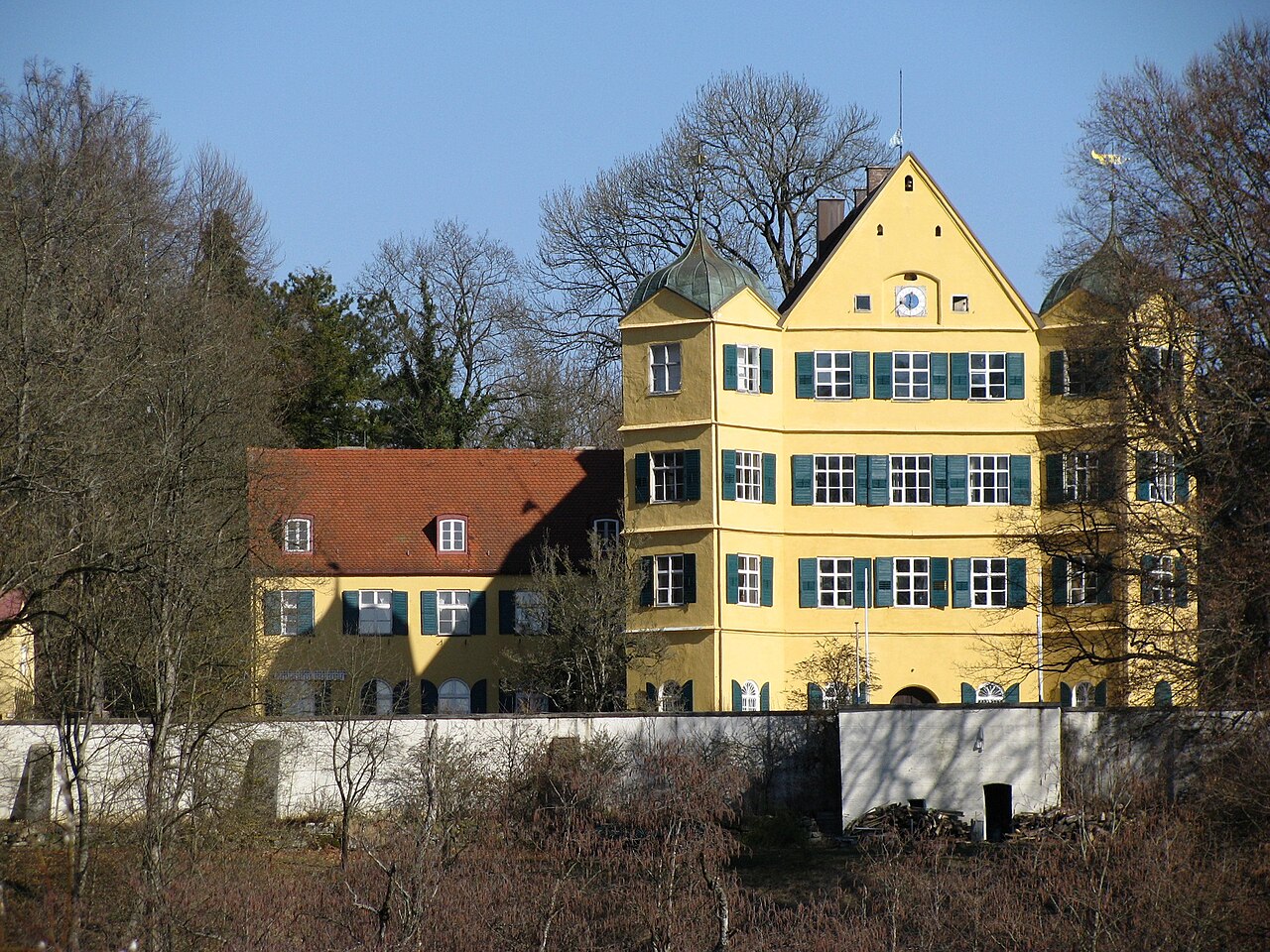
Leutstetten Castle. photo: Von Gras-Ober, Wikipedia/Wikimedia Commons (cc-by-sa-3.0), CC BY-SA 3.0, https://commons.wikimedia.org/w/index.php?curid=14520511
Widowed in 1954, Rupprecht’s health soon began to fail. On August 8, 1955, surrounded by his family, Crown Prince Rupprecht died at Leutstetten Castle at the age of 86. He was given a state funeral with full royal honors and his coffin interred in the crypt of the Theatinerkirche in Munich.
* * * * * * * * * *
Bavarian Resources at Unofficial Royalty
- Kingdom of Bavaria Index
- Bavarian Royal Dates
- Profiles: Bavarian Rulers and Consorts
- Royal Burial Sites of the Kingdom of Bavaria
- Rulers of Bavaria
* * * * * * * * * *
This article is the intellectual property of Unofficial Royalty and is NOT TO BE COPIED, EDITED, OR POSTED IN ANY FORM ON ANOTHER WEBSITE under any circumstances. It is permissible to use a link that directs to Unofficial Royalty.



















